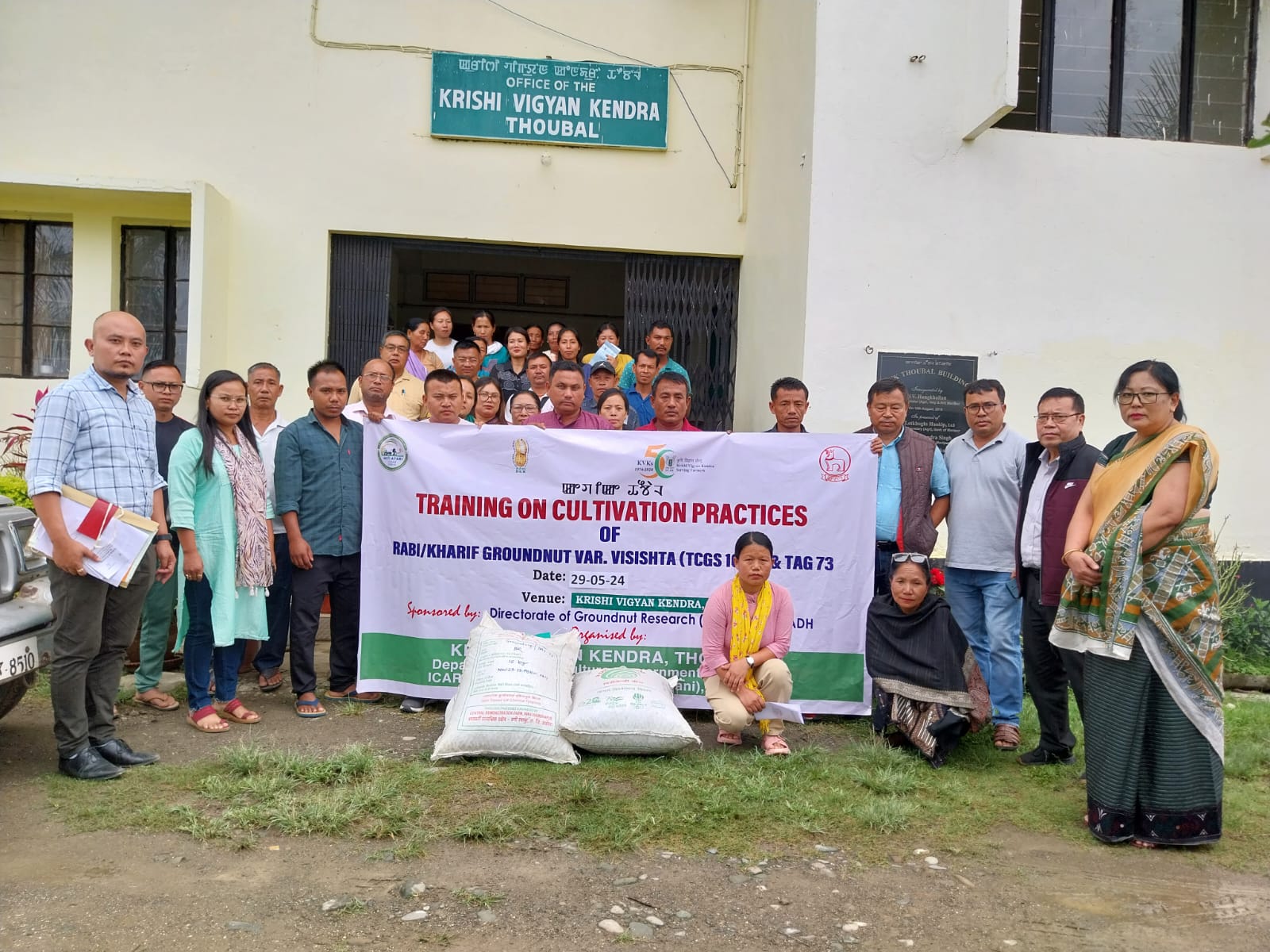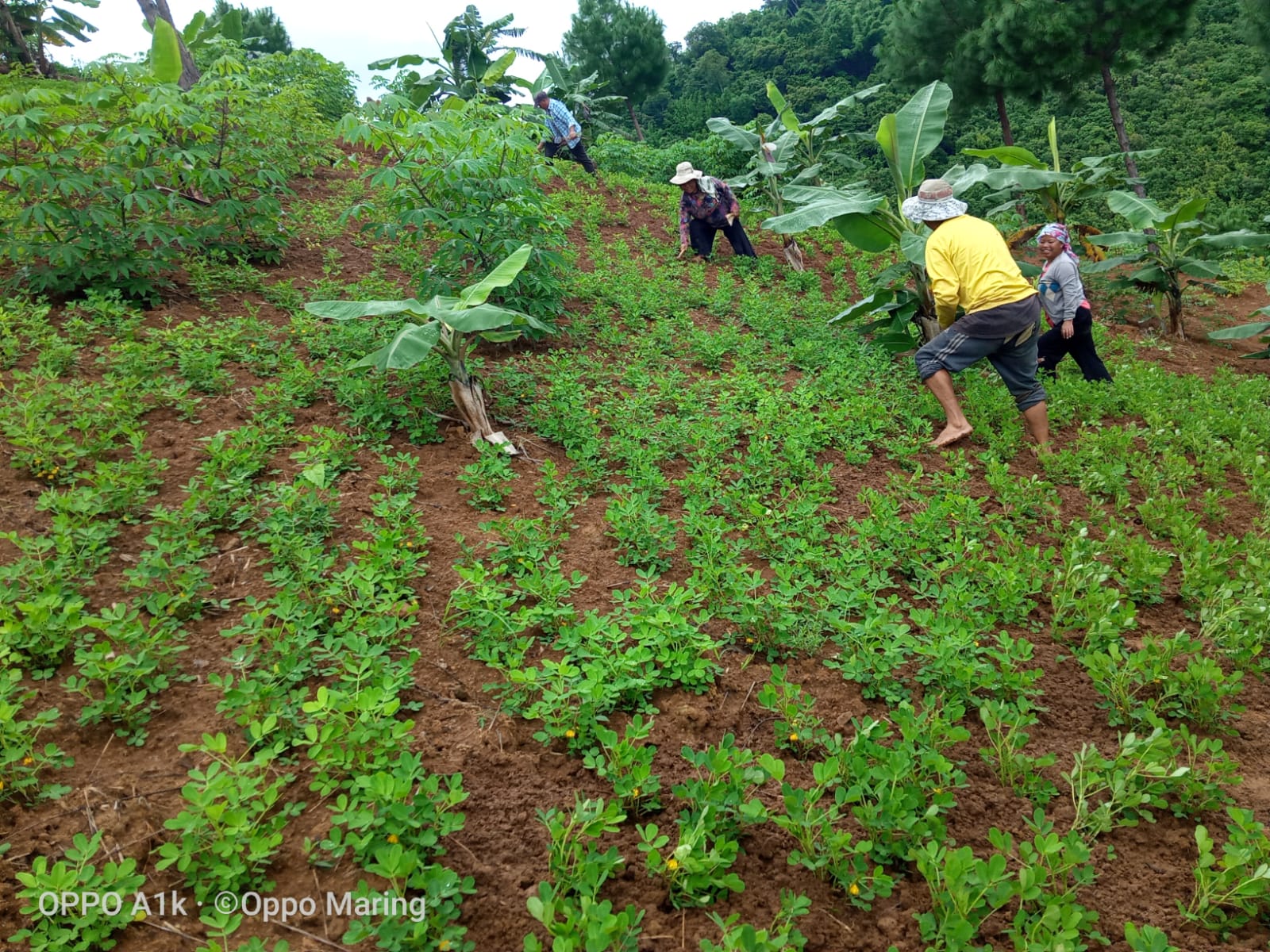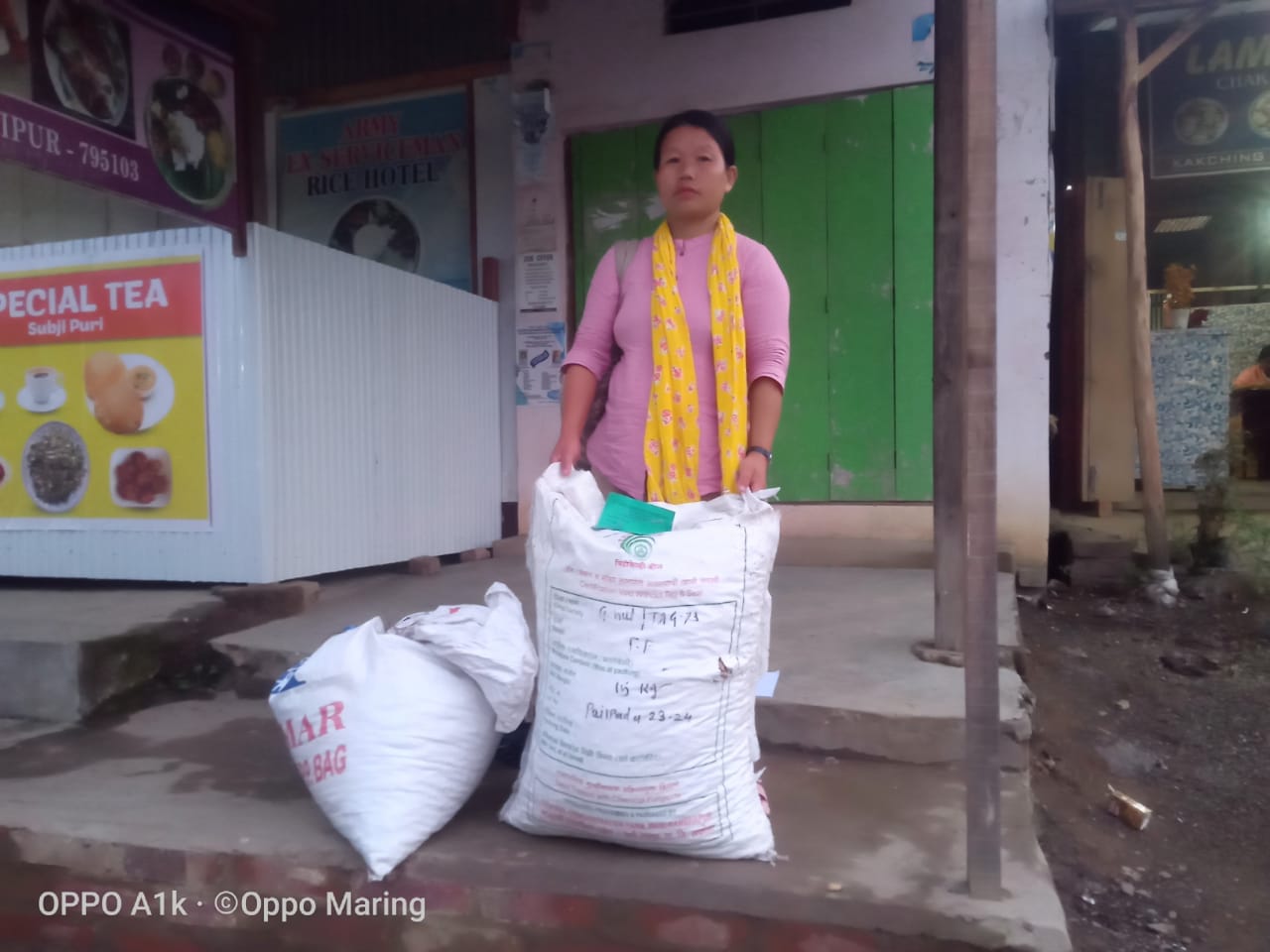Scaling up livelihoods: Transformative impact of FARM on community

In Minou Laiching, a small village in Tengnoupal district of Manipur, Mrs. D. Tomuishang and her husband were typical cultivators, growing a few crops like groundnuts, soybeans, yams, pumpkins, and local beans on their modest plot of land. Despite their hard work, they struggled to access government support for seeds and other essential resources.
The turning point came with the introduction of the FARM project. This initiative brought transformative changes to their lives and their community. Tomuishang began attending regular training programs and meetings organized by the project. Her dedication and leadership skills quickly became evident, and she was elected president of the newly formed Farmers Club Group.

Through the training sessions, Tomuishang gained valuable knowledge about various government schemes and support from local agricultural departments, including the Krishi Vigyan Kendra (KVK). She learned how to obtain seeds and other resources that were previously out of reach. Moreover, she played a crucial role in informing and guiding her group members about benefits such as widow and old age pensions.
“The FARM project has been a blessing for our family and our village. The training programs and support have given us the confidence to try new crops and improve our income. I am proud to lead our group and help others access the benefits we’ve learned about. Our lives have truly changed for the better,” Tomuishang shared with pride.

Encouraged by the newfound knowledge and support, Tomuishang and her husband diversified their farming practices. They started cultivating tomatoes and brinjal, which significantly boosted their economic stability. This increase in income not only supported their children’s education but also improved their overall quality of life. Their annual farming income rose from Rs. 30,000 to Rs. 38,000, a substantial improvement that allowed them to regularly obtain seasonal seeds from the KVK and supplement their earnings with daily wage work.
The FARM project’s impact extended beyond individual benefits. Tomuishang’s leadership fostered a sense of community and cooperation among the villagers. She ensured that everyone had access to the available resources and support, creating a ripple effect of positive change. Her proactive engagement with KVK staff and her role as a community leader exemplified the project’s success in fostering agricultural resilience and improving livelihoods.

“Tomuishang’s journey is a testament to the potential of the FARM project in transforming lives. Her leadership and proactive approach have inspired many in her community. We are committed to continuing our support and ensuring that more families can achieve similar successes,” said Samuel Gangmei, Field Programme Associate at the Diocesan Social Service Society (DSSS), Imphal.
The FARM project’s comprehensive approach addressed various aspects of agricultural development, from training and resource access to community building and leadership development. By empowering individuals like Tomuishang, the project not only enhanced their economic prospects but also strengthened the social fabric of the village.
In the end, Tomuishang’s story is more than just a tale of improved income and agricultural success. It is a narrative of empowerment, community leadership, and the transformative power of knowledge and support. Her journey highlights the profound impact that well-implemented projects can have on individuals and communities, paving the way for sustainable development and a better future for all.
As the FARM project continues to make strides in rural development, stories like Tomuishang’s serve as a testament to the potential for positive change in the lives of small-scale farmers. Through dedication, knowledge, and community collaboration, the seeds of transformation are sown, leading to a harvest of opportunities and improved livelihoods.
Upcoming News
Empowering the invisible workforce through holistic migrant welfare approach
Internal migration forms the backbone of India’s workforce, driving the growth of urban centers and...
LEARN MORENATURE-BASED SOLUTIONS: RECONNECTING COMMUNITIES WITH THE WISDOM OF NATURE
As climate threats intensify across India, Nature-Based Solutions (NbS) are emerging as powerful community-rooted strategies...
LEARN MOREStrengthening Humanitarian Expertise Through DG ECHO Training
Caritas India recently participated in a high-level capacity-building training organized by the Directorate-General for European...
LEARN MORE



 91 -11 - 2336 3390
91 -11 - 2336 3390  director@caritasindia.org
director@caritasindia.org 